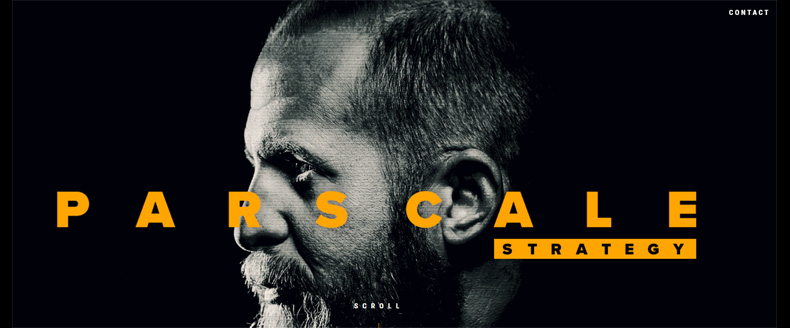Brad Parscale was the first pure-digital consultant to run a major presidential campaign. The result? A campaign that prioritized online outreach over television ads. As he put it in his recent 60 Minutes interview, “Twitter was how he talked to people. Facebook was gonna be how he won.”
We can debate whether Facebook outreach put Trump over the top; from Clinton campaign malpractice to James Comey, plenty of variables broke Trump’s way at the last minute. But you have to be impressed with the scale of the machine Parscale built in a remarkably short time, working closely with an embedded Facebook team. From my latest Campaigns & Elections column:
On a given day, his team might run 100,000 different Facebook ad variations aimed at countless individual segments of the electorate. Almost all of this work took place in the realm of dark posts — content that did not appear on the campaign’s official Facebook page and that is nearly impossible for outsiders to track unless they happen to be in the target demographic.
Automation made this possible. By plugging their own technology into the Facebook API, the campaign could place ads in vast quantities and measure the effectiveness of themes, wording, visuals and other creative elements in real time.
At heart, Parscale took Facebook best practices and put them on steroids. The typical route to Facebook success involves:
- Targeting your content to people likely to respond to it
- Running many different variants, with different themes, wording and visual elements
- Analyzing the response
- Putting more resources into the successful variants
- Rinse, repeat
You reinforce success: you put more money into the targeting models, themes and visuals that hit the mark. Working through the Facebook advertising API let Parscale plug directly into the system. Rather than creating each individual ad by hand, he could use his team’s own technology to organize the ad elements (text, visuals, video, links), create a massive number of variants, and pass them over to Facebook as database files. Once the ads ran, his team would analyze the results and adjust from there.
Working through the Facebook ad API, Parscale optimized content and targeting on the fly and in bulk Click To TweetThis kind of on-the-fly ad optimization isn’t novel; vendors like RocketFuel have offered customers similar capabilities for banner ads for several years. I’m not aware of any political operation that has built a system for Facebook that operates at the scale of Trump 2016, though we can expect vendors to jump in to fill that gap — clients who watch 60 Minutes will be clamoring for mini-Parscale campaigns of their own.
The campaign’s technology also allowed for easy targeting of small slices of the electorate:
Parscale said the Trump campaign used Facebook to reach clusters of rural voters, such as “15 people in the Florida Panhandle that I would never buy a TV commercial for”.
“I started making ads that showed the bridge crumbling,” he said. “I can find the 1,500 people in one town that care about infrastructure. Now, that might be a voter that normally votes Democrat.”
Of course, Hillary Clinton could have made this kind of targeted digital outreach central to her campaign’s victory model. Her team could have created a system to optimize and deliver messages to thousands of electoral niches via online targeting — in fact, some of us urged anti-Trump activists to do just that. Instead, they ignored those who pointed out problems with their model, perhaps confident that Hillary’s obvious superiority as a president-in-waiting ensured victory.
And now, the rest of us live with the fallout. For those of us in the digital politics world, that includes understanding the technology that may have helped put Trump in the White House. For Democrats, that means accepting that we were outgunned online. My question: what are we going to do about it?
– cpd


[…] Lucky 15 People in Florida Yeah, yeah. It’s another piece about politics and Facebook ads. Epolitics boiled down the 60 Minutes interview with Brad Parscale (“the first pure-digital consultant to run a major presidential campaignâ€) to a few gems about […]
[…] far more valuable to Trump’s successful run for the presidency, especially when used alongside automated Facebook ads and voter files from the Republican National […]